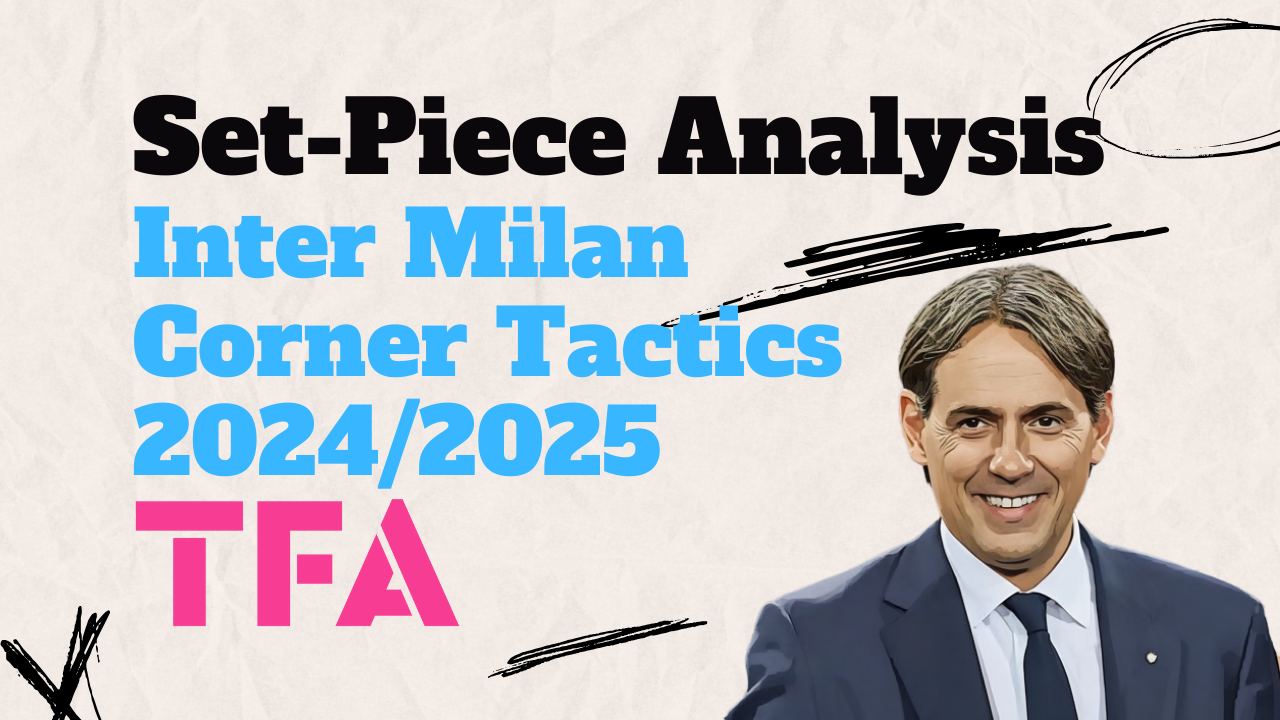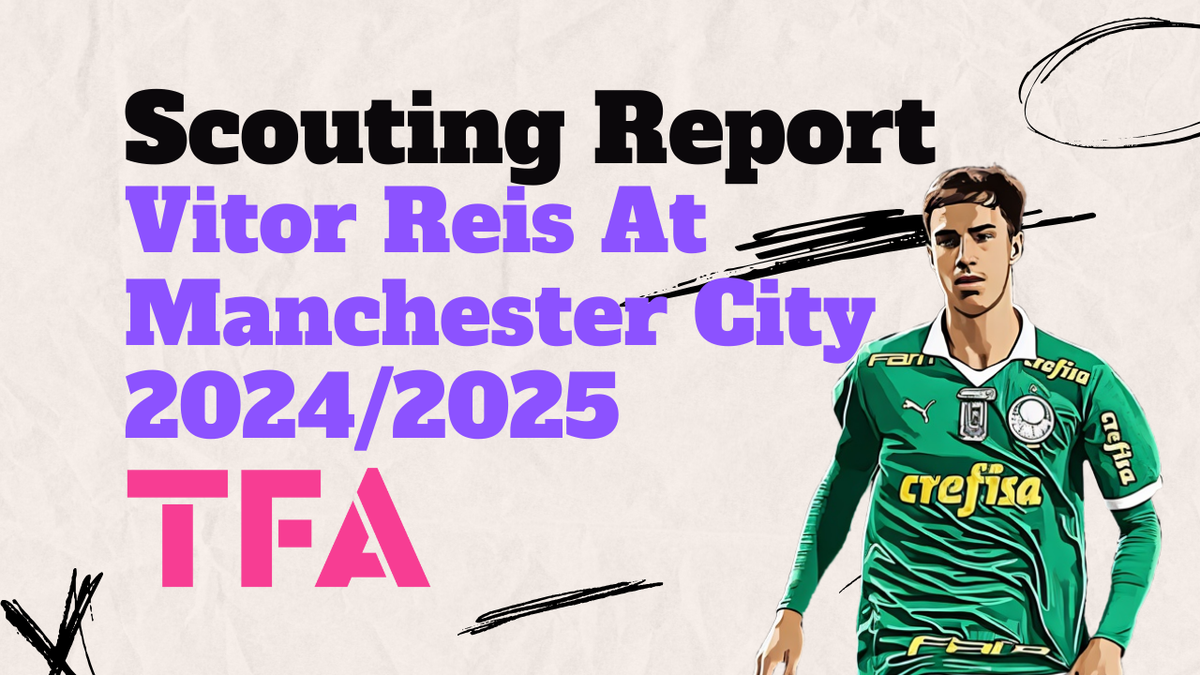The Confederation of North, Central American and Caribbean Association Football (Concacaf) is all set to host the FIFA World Cup in 2026. This is a huge achievement for the organization, which has been working on this plan for eight years under the leadership of Victor Montagliani, the President of Concacaf.
Montagliani’s vision has always been to put football first in every decision that the organization makes.
In the past eight years, Concacaf has made significant strides in expanding soccer across its 41 member nations. They have worked on developing the coaching and player infrastructure, opened up opportunities for women, and created new competitions that benefit players and fans alike.
Their flagship competition, the Gold Cup, has been expanded, and they have also created the Concacaf Nations League, which provides consistent, high-level competition for all the confederation’s national teams.
Concacaf’s “football first” strategy has paid off, and the organization has grown significantly since 2016, projecting over $1 billion in revenue for the 2022-2026 four-year soccer cycle.
This growth has been driven by the organization’s two prestigious competitions, the Gold Cup and the Nations League. These competitions have been successful in attracting fans, with over 100,000 fans attending the last two Nations League finals and over 72,000 fans attending the 2023 Gold Cup final at SoFi Stadium.
Soccer has become increasingly popular in the United States, and the growth will likely continue, with compelling Concacaf competitions on the horizon. The connectivity of these competitions means that brands can tell a continuous story of great teams, players, and fans. With the legalization of betting in most states, the sport is likely to become even more popular, with markets opening up recently in North Carolina.
Concacaf has also been successful in attracting sponsors, with longtime Gold Cup sponsors Modelo, Toyota, and Valvoline extending their commitments.
The organization has also signed new partners, including Saudi oil company Aramco and Japanese sports equipment marketer Molten. Molten has been working to expand its presence in soccer and has signed a seven-year agreement with Concacaf to become the official match ball provider for both men’s and women’s national team competitions.
Brands are eager to partner with Concacaf to take advantage of the expected World Cup fever and the increased fan interest in soccer. The run-up to the 2026 World Cup features Concacaf’s two national team competitions, the Gold Cup and the Nations League, and the upcoming FIFA Club World Cup, which will be hosted in the U.S. in July 2025.
That betting is now legal in most states will also see the sport become more popular, with markets opening as recently as this month in North Carolina.
NC sports betting apps are now available to residents, some of whom are brimming with excitement at the prospect of betting on events such as the World Cup.
The 2026 World Cup promises to be a watershed moment for Concacaf. The organization has worked tirelessly to put “football first” and expand soccer throughout the region. With the growth in popularity of the sport and the upcoming competitions, Concacaf is poised to become a major player in international soccer.
One of the key factors that have contributed to Concacaf’s success is its focus on developing the game at the grassroots level. The organization has invested heavily in developing youth programs and initiatives to promote the sport across the region. This has helped to create a pipeline of talented young players who are now making their mark on the international stage.
Another important aspect of Concacaf’s strategy has been its commitment to promoting diversity and inclusion in soccer. The organization has worked hard to create opportunities for women and underrepresented groups in the sport. This has helped to increase the participation of women in soccer across the region and has paved the way for greater inclusivity and diversity in the sport.
Finally, Concacaf has been able to leverage technology to enhance the fan experience and engage with audiences in new and innovative ways. The organization has developed a range of digital platforms and tools that allow fans to interact with the sport and stay up-to-date with the latest news and developments. This has helped to create a more connected and engaged fan base, which is vital for the growth and success of the sport.





Comments